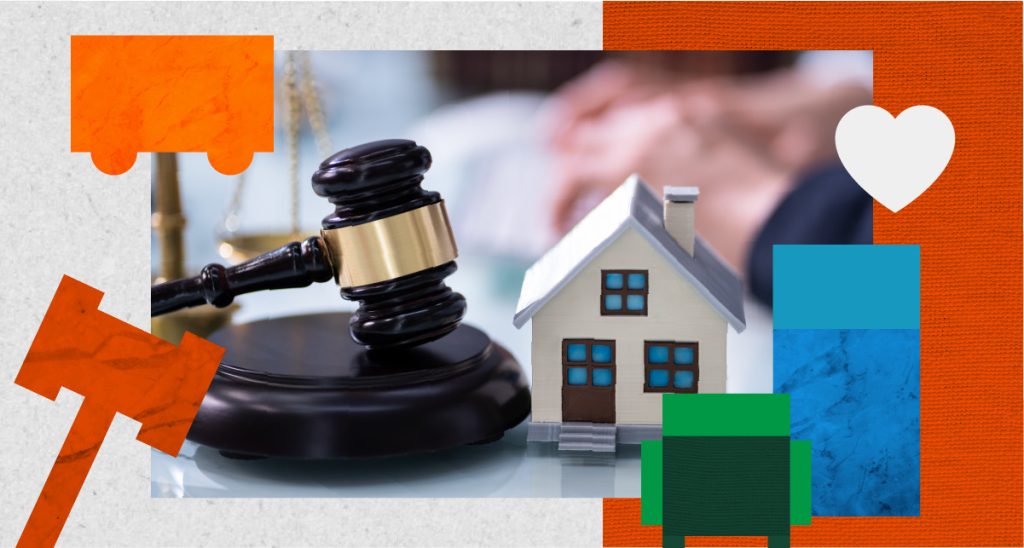
Tips for Buying Properties at Auction
By Betsy Pino, VP & Auctioneer
Buying a house at an auction can be a tempting prospect. Anyone searching for a home might be drawn to acquiring a property below its market value. In times like these, where excess property inventory poses a challenge for the banking industry, auctions have become an essential tool in the real estate market.
Auctions have become an excellent alternative for individuals looking for their primary residence and those who have turned it into a part-time job, buying foreclosed properties to invest in, renovate, sell, or rent out. It’s a great way to get a home at a price lower than the market value, with discounts that can go up to 60%.
Moreover, auctions become a viable option when banks have held foreclosed properties for a long time and need to liquidate them to regain liquidity in their assets. This method of sale has proven to be very effective when the seller urgently needs to divest the property and has yet to be able to do so through traditional sales mechanisms.
One of our most commonly used auction formats is the “Viva Voz” auction. In this format, the bidding begins, and interested parties start bidding, indicating to the auctioneer the price they are willing to pay for the property. At the auction, people all around are bidding for the same property but with different intentions. Each one comes with a separate budget and a specific idea of how much they are willing or can afford to spend.
In the auction, the fair market price is reached in an open forum, where a universe of buyers and sellers competes fairly to exchange the best properties.
Here are four simple steps to consider to compete on an equal footing and make the most of auction opportunities:
Step 1: Thoroughly review the auction catalog. This is fundamental. By examining the auction catalog, you’ll understand the terms and conditions set by the auctioneer and get basic information about the properties to make a preliminary selection. It’s essential to be clear about the rules governing the auction.
Step 2: Inspect the property. This is crucial when your preliminary selection will solidify or change based on the catalog study. Choose your preferred properties, considering location, comparables, and your budget. Focus on the selected properties and thoroughly investigate everything related to them. This information will help you make a good decision.
Step 3: Determine how much you can afford. Once you have inspected the property, you can decide on the price. If it needs to be clarified, consult experts in the field. If you seek financing, obtain pre-qualification from a preferred banking institution before the auction. It should indicate the maximum amount you could qualify for.
Step 4: Attend the auction. During the auction, bidders present their offers, learn about other bidders’ offers, and can increase or improve their bids. Try to adhere to the pre-established prices or those within your qualification limits. Arrive early, bid up to the predetermined amount, and try to stay within that limit, as excitement and speed during the auction might tempt you to pay more than planned.
Remember, you are the protagonist in any auction. Don’t hesitate to act naturally, feel comfortable without pressure, enjoy the event, and share this gratifying experience of acquiring the property you like at the exact price you want.
Ready to explore the world of real estate? Whether you’re buying, selling, or investing, our team at Centro Casas is here to support you. Contact us at 787.287.0100 or hola@centrocasas.com to get started. Let’s make your real estate goals a reality together!
